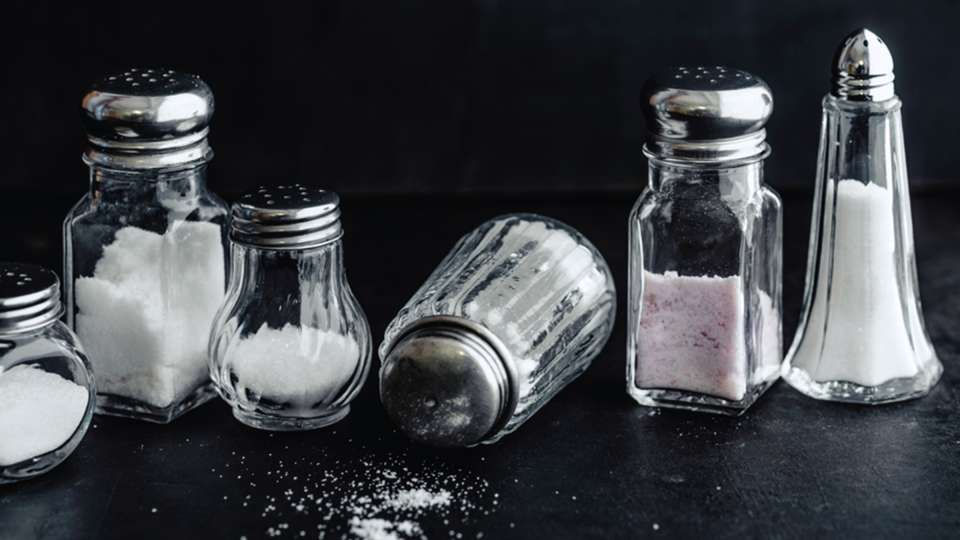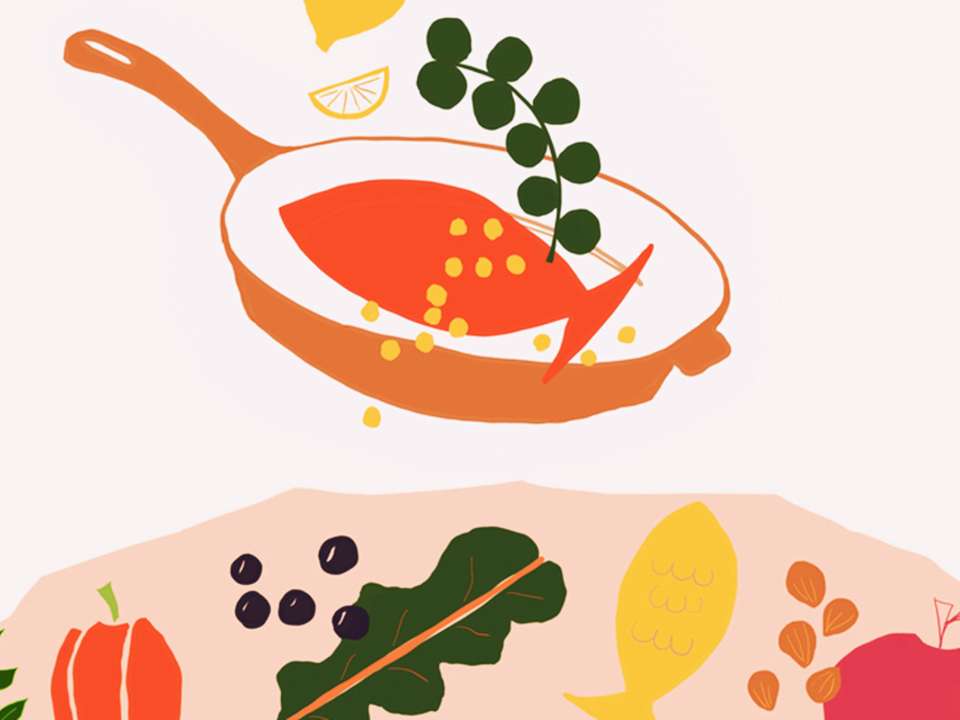
Ah, salt. It tastes so good but gets such a bad rap. Is it really that bad for you? Are some kinds of salt healthier than others? If you don’t have high blood pressure, do you still have to watch how much you're eating?
While lowering your daily salt intake is generally a good idea — it can help prevent or reduce high blood pressure, a big contributor to heart disease and stroke —that doesn’t mean all salt is bad.
We’ve debunked some of the most common myths about salt once and for all.
Myth #1: Salt and sodium are the same thing
Sodium is a mineral found in salt and other natural substances. Table salt contains only 40% sodium.
According to the American Heart Association, one teaspoon of table salt contains 2,300 mg of sodium — that is the maximum amount of sodium you should be eating in a day, and it’s more than you actually need (more on that in a minute).
The organization recommends no more than 1,500 mg of sodium per day (less than ¾ of a teaspoon of salt) for people who have or are at risk for high blood pressure.
Myth #2: Salt can’t be part of a healthy diet
Eating salt is OK as long as you’re limiting your intake. It’s easy to eat more than you think you are because many processed foods contain lots of added salt.
There’s really no way to avoid sodium entirely — and that wouldn’t be a good thing.
“Sodium is an essential nutrient that plays a role in regulating our blood pressure and also helps our nerves and muscles work properly,” says Whitney Thomas, a registered dietitian nutritionist with UW Medicine Primary Care. “But we only need around 500 mg of sodium a day for our bodies to work properly.”
Most people (at least in the United States) are eating waaay more than that — often around 3,500 mg per day, Thomas says.
Myth #3: If you don’t add salt to your food, you aren’t eating much salt
Not only is added salt in pretty much every kind of prepared or processed food — even things that are typically considered healthy, like whole wheat bread — small amounts of sodium naturally occur in many whole foods, like meats, veggies and even fruits.
Added sodium can even be in some prescription and over-the-counter medications, sometimes in higher amounts than you’d expect. Thomas suggests asking your pharmacist about the medications you take, as they might be able to recommend low-sodium alternatives.
Myth #4: Fancy salt, like sea salt or Himalayan pink salt, is healthier
Sea salt comes from evaporated seawater, and Himalayan salt is mined in Pakistan. Both are often advertised on food labels or promoted by social media influencers in a way that makes them seem like healthier alternatives to regular table salt, but for the most part, that’s not true.
“They’re not as processed or refined, and they have larger crystals, which have more surface area for your tongue to detect, so you can use less,” Thomas says.
But while there’s a little less sodium in a teaspoon of sea salt and Himalayan salt — again, because of the crystal size — at the end of the day, salt is salt, no matter how you shake it.
One thing to note is that sea salt and Himalayan salt are both less processed than table salt. In general, less-processed foods tend to be healthier than ultra-processed ones. However, unrefined sea salt may pose its own health issue: studies have found traces of heavy metals and even microplastics, both of which are unfortunately found in the ocean, Thomas says. (Research has also found microplastics in table salt.)
Myth #5: If you don’t have high blood pressure, you don’t need to watch your salt intake
This is one of the most prevalent myths Thomas hears from patients. While it’s true that you might not have to be as cautious as someone with high blood pressure, that doesn’t mean you shouldn’t pay attention to your sodium intake at all. Eating excess sodium could put you at risk for developing high blood pressure or could contribute to other health issues in the future.
Eating fewer ultra-processed foods, eating smaller portion sizes (especially with takeout), and asking for sauce on the side are all ways Thomas recommends watching your sodium intake.
Myth #6: You should eat table salt to prevent iodine deficiency
Table salt has iodine added to it, whereas sea salt and Himalayan salt don’t. Is that a reason to stick to table salt?
Iodine deficiency used to be a problem in the U.S. — and it still exists in other countries — hence why iodine is added to table salt. But most Americans get enough iodine in our diets by eating foods like dairy products, eggs and fish, so we don’t need to worry about developing iodine deficiency anymore, Thomas says.
Myth #7: Food low in sodium doesn’t taste as good
Yes, salt does add a lot of flavor to food, but it isn’t the only way to make food taste good. Spices are a great way to flavor your food without adding extra sodium.
“I often tell people, if you get an herb mixture, mix that with olive oil and lemon juice, and you can use that as a marinade that doesn’t have any sodium,” Thomas says.
She also offers a tip: Adding lemon or lime juice to a recipe can give it that delicious bite that salt would, without needing to add any salt.

 Healthy ideas for your inbox
Healthy ideas for your inbox





